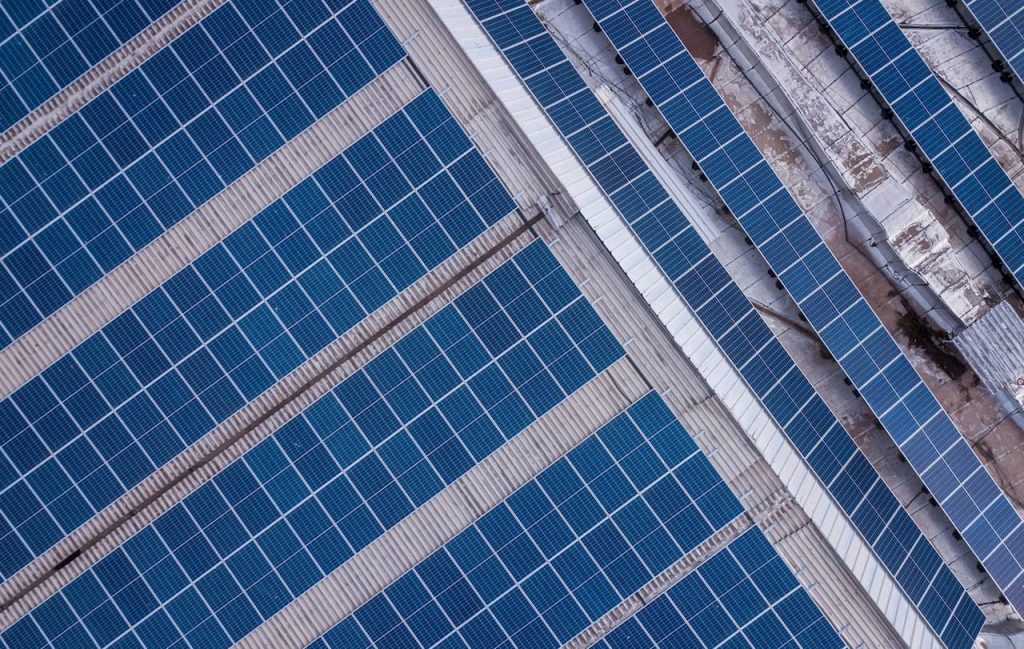
The Elements of a Solar System
The Elements of a Solar System https://jntelectrical.com.au/wp-content/uploads/commercial-solar-installation-1-1024x649.jpg 1024 649 JNT Electrical https://jntelectrical.com.au/wp-content/uploads/commercial-solar-installation-1-1024x649.jpgThe Elements of a Solar System
One of the most important parts of picking out a solar energy system for your home is considering the energy needs of your household. The amount of solar energy you both produce and consume can change based on a number of factors including the angle of your solar panels and the time of year.
Solar Panels
Solar panels are the most recognisable component of any solar electric system. They are made out of silicon crystal ‘cells’, glass, polymer backing, and aluminium. Typically, solar panels are installed on the rooftops of homes and are what make it possible to capture sunlight to turn into DC electricity.
When photons from sunlight collide with the silicon cell in the solar panel, electrons get released. These electrons scatter and move around very quickly. With the help of an electric field, they create energy in the process.
Panels are rated based on their voltage output under ideal performance, and can range from 10 watts all the way up to 300 watts.
Solar Mounting Systems
Without a mount, the panels cannot be installed. Mounting systems are what affix the solar panel to the roof, ground, or pole. The method that is used may either be set by zoning laws or based on the climate of the area the panels are placed in.
Roof mounting is most common for solar systems, especially here in Queensland where we get sun almost all year round; getting above the shadows is the best way to soak in as much of the sun’s rays as possible.
Solar panel mountings can be fixed or tracking. Tracking panels move with the sun from east to west, whereas fixed panels stay in one place. While fixed panels tend to be less expensive to install, their set position may not capture as much light as a tracking panel would.
Inverter
The inverter is one of the most crucial parts of any solar system. An inverter allows solar power to be converted from DC (direct current) into AC (alternating current) so that your home can make use of it. Without first inverting the current, you also wouldn’t be able to send the excess power that your system produces back to the grid.
Array DC Connect
Disconnects are a crucial part of the solar panel system that allows workers and installers access to stop solar power from reaching the inverter. A successful system cannot be had without disconnects because they allow energy systems to be de-energised so that maintenance can be performed.
Battery Pack
There are some instances, such as cloudy days or nights, where solar power cannot be used. Batteries are added to solar power systems so that in instances such as this, homes are not without power. Batteries have to be maintained and replaced over time so it is important to consider the needs of your home when choosing a battery system. Our team can help you determine if it is the right choice for you.
Power Meter
A power meter allows the amount of solar energy used and produced to be measured, as well as the amount of power the solar system sends to the grid. Meters are important for tax implications as well as crediting solar panel owners for their energy addition to the grid.
Contact us for a free consultation
Contact Us
Contact us today to get a free consultation
and find out how much you could save on your power bill!

